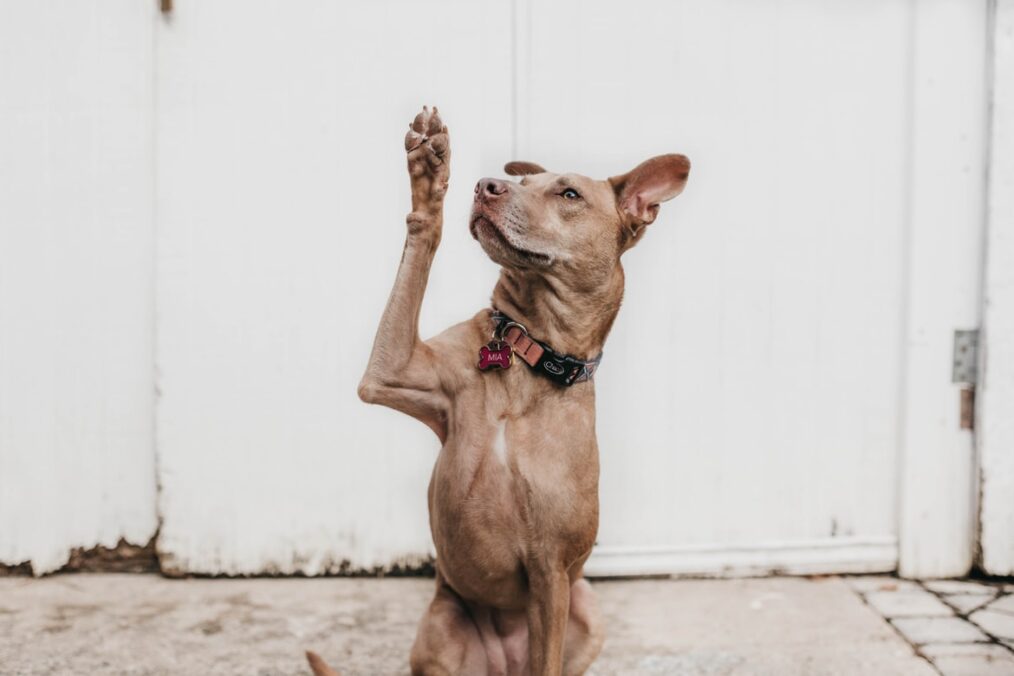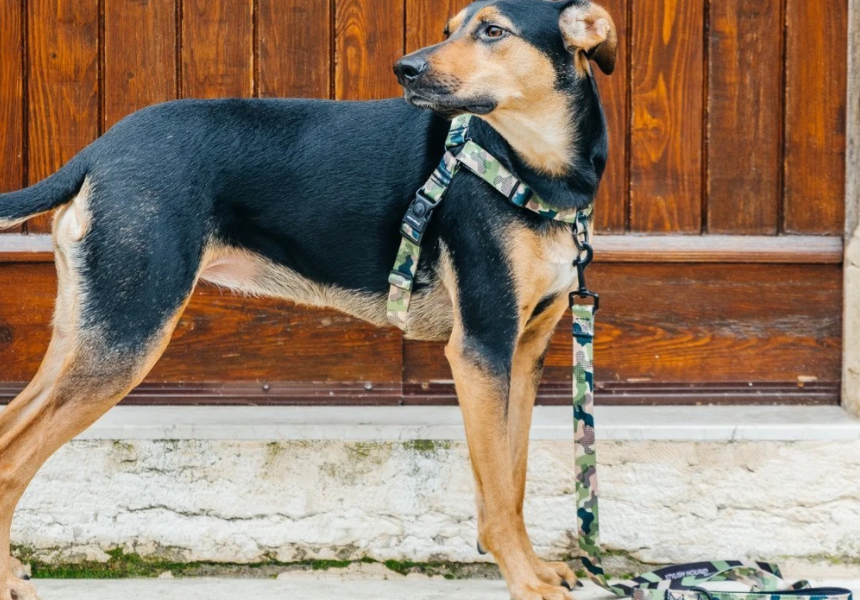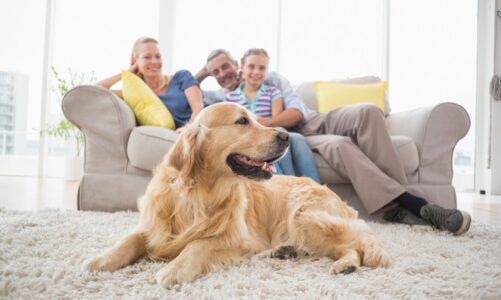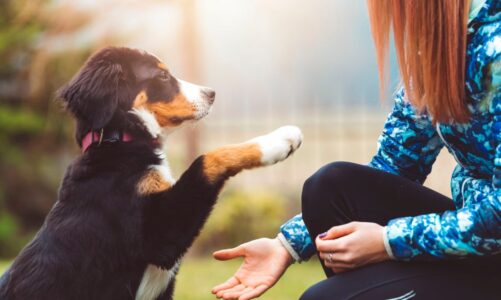From the perspective of developmental psychology, dogs and humans are similar. Early experiences mould their adult interactions, and altering behaviors can prove difficult. Although it’s never too late to train a dog, early intervention will have the most critical effect.
If you have a puppy, the sooner you get started on training, the more healthy their behavioral development will be.
There are different ways to train a dog, but today we’re going to focus on a variant that will bear strong influence over their day-to-day activities. That would be leash training!
When we think of dogs, we tend to associate them with bones and kennels; collars and leashes. What do all these items have in common, though? They’re all associated with domestication. Even in nature, dogs would rarely eat a bone cleanly separated from flesh. It follows, then, that when a dog follows a leash, they are not following their instinct. That behaviour is learned.
Leash training is a process, and it’s important to cover every step along the way.
Introduce a collar
As discussed above, collars are an unnatural concept for your dog. If they’ve never worn one before, get them used to have one on.
Pro tip: don’t splurge on Puppy’s First Collar. Puppies grow rapidly, so it’s okay to start with cheaper models. You may be throwing money down the drain, otherwise!

Image: Stylish Hound
When your pup has the collar on, ensure you can fit two fingers underneath it. This will ensure that the collar is secure, and yet loose enough to not be a choking hazard. Ideally, your collar will be flat, composed of nylon, and equipped with a metal buckle.
Use the correct leash
Did you know there are different kinds of leashes? If your pup is leash training, there are models you should avoid. Don’t, for example, use a retractable leash. Such a model reinforces poor behaviors like jumping. A six-foot/1.8-metre leash should hit that sweet spot between canine freedom and appropriate restraint.

If your pup is keeping an even tempo with you, sticking to either side, then you’re on the right track. The leash shouldn’t be tight, lest your dog tries to rebel against the restraint by pulling. If you find yourself dragging your dog, you’ll need to change your tactic.
Holding the leash in your preferred hand, double the length of any excess leash around your hand or wrist. This helps to avoid dragging. Hold your hand at belt-buckle level and proceed forward.
Reinforce positive behavior
When training a dog, we tend to use operant conditioning. In a nutshell, operant conditioning is the process of reinforcing or discouraging behavior using reward- and punishment-based methods. When it comes to dog training, perhaps the most common method is treat-based training. You may also want to use clicker training.
If you’re partnered, you likely have a preferred side of the bed. When training a dog, such side continuity also applies. Whilst walking, ensure your dog walks by either your left or right side every time.
Don’t deviate! Before you start walking, ensure your dog can see the treat in your hand. As you begin walking, use a verbal cue such as ‘let’s go!’, and lure your puppy forward with the treat. Hold it at nose height to reinforce the appropriate walking speed.
As is the nature of operant conditioning, your dog will come to associate appropriate behavior with the positive feelings evoked by the treats. To quote Will Durant (and not Aristotle, to whom this sentiment is frequently misattributed), ‘we are what we repeatedly do’.
Proof behavior

Once you’ve taught this dog some new tricks, it’s time to build on their skillset. Don’t provide minimal training and then rest on your laurels. It takes humans over a decade to complete adequate school education, so it follows that dogs would need repetition too.
To ‘level up’ their behavior, gradually introduce them to environments with more distractions. The more they learn to tolerate external distractions, the more ironclad their discipline will become.
For example, if you’ve mostly walked in quieter environments, try walking when there’s more traffic on the road. The traffic noise is an auditory distraction they should learn to tolerate whilst focusing on training. It’s not unlike a Learner driver exposing themselves to busier traffic conditions.
The one fault of treat-based training is that the dog may be solely motivated by the anticipated treat. Of course, you want your dog to become ‘what [they] repeatedly do’, so ensure to lessen treat-giving over time. By ‘weening’ your dog off the rewards, they will learn to behave regardless of whether a treat is coming or not.




